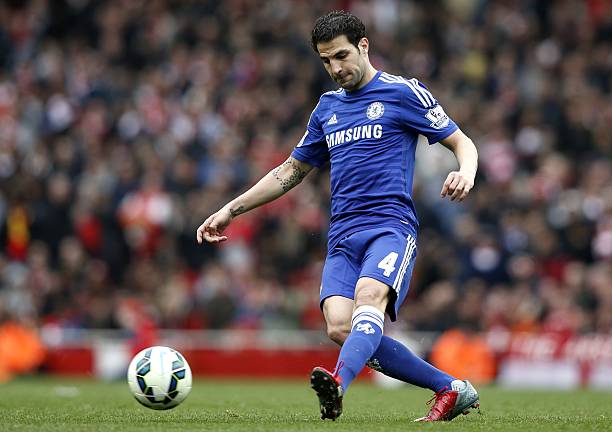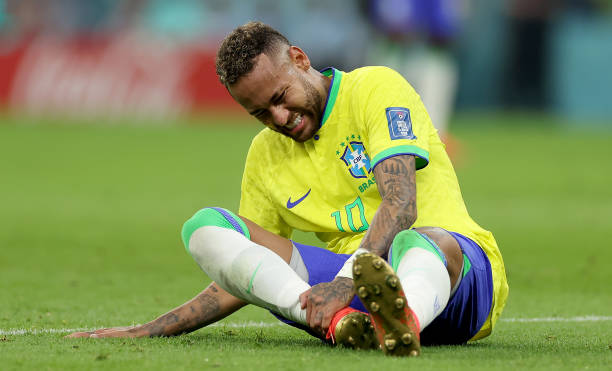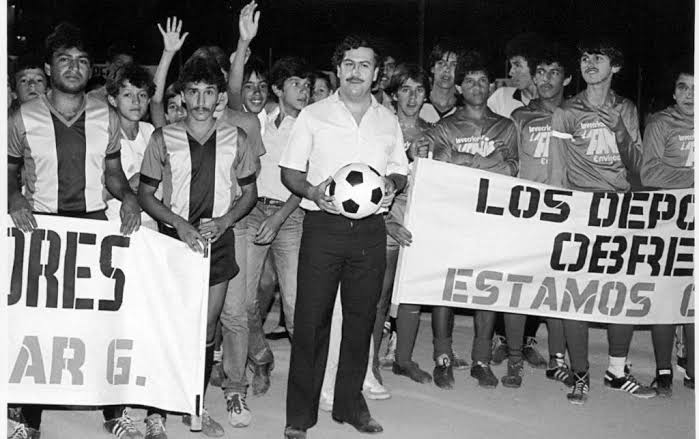Soccer is an energy-intensive and physically demanding sport. At a certain age, a player’s level of stamina and ability to recover decreases, which naturally impacts the player’s performance level.
Even the most talented of footballers begin to struggle when their legs begin to tire.
Soccer players normally sign their first professional contract as a teenager, and the average length of a football career is between 8 to 10 years.
The average retirement age of a football player is 35 years old.
There isn’t a definite time for footballers to retire. There are variations to the time limits as regards a player’s career. Thus, there are no size-fits-all situations.
Generally, there are two major reasons why footballers decide to hang their boots, and they are injury and old age.
Other factors usually personal reasons such as a lack of motivation and passion, the need to spend more time with loved ones, financial satisfaction, amongst others.
Injury
The decision of when to call it a day from soccer can be taken out of a player’s hands by fate should he pick up an unfortunate injury that will force him to retire.
Sometimes this can be immediately caused by a very bad tackle, terrible accident, or other health issues (Sergio Aguero), while other times, it can be a gradual wearing down of the player’s physical attributes.
One example of a popular soccer player who retired due to injury is Marco van Basten, the former Netherlands and AC Milan striker.
Van Basten retired from professional football in 1995 at the age of 30 due to a chronic ankle injury that had plagued him for several years.
Despite undergoing numerous surgeries and rehabilitation programs, Van Basten was unable to overcome his injury and was forced to retire prematurely.
Old age
Naturally, old age also makes footballers decide to end their careers. But this varies from one player to the other.
Mostly, goalkeepers last longer than outfield players because they do not need to run around for 90 minutes like their outfield counterparts.
Moreso, defenders are not required to be as fit as midfielders — who are often the fittest on the field of play. Midfielders need to move from one box to the other, covering lots of distances within a short time.
Attackers can get away with being a little bit slower when they get older, as their experience ensures that they even get to score more goals (Cristiano Ronaldo).
A good example of a player who retired because of old age was Arjen Robben.
After signing with his boyhood club, FC Groningen, for the 2020-21 season, Robben played for on season and announced his retirement from professional football in April 2022, at the age of 37.
Robben stated that he had “no energy left” to continue playing at the highest level and that it was time for him to move on to the next chapter of his life.
Personal reasons
Soccer players can retire due to various personal reasons, such as a lack of motivation and passion, the need to spend more time with loved ones, financial satisfaction, and others.
For example, Gerard Piqué retired from football at the age of 35 after a successful career with FC Barcelona and the Spanish national team.
Piqué announced his retirement on social media, stating that he had “given everything” to the sport and that he was ready to begin a new chapter in his life.
While Piqué did not give a specific reason for his retirement, it is believed that his decision was influenced by a desire to pursue other interests outside of football and his divorce with Shakira.
When do soccer players actually retire?
While there isn’t an exact age for footballers to retire, most players hang their boots between the ages of 33 and 37, with 35 being the common average.
The introduction of diet and the advancement in sports science has really improved the well-being — and, by extension, prolonged the retirement age — of players in modern football.
While some professions have laws that regulate the retirement age, soccer — and even other sports — do not stipulate such.
A soccer player will continue getting equal opportunities for playing as long as he is able to cope with the challenges, regardless of his age.
When a player is still fit and healthy enough to be able to deliver on the pitch, he would continue playing till when he deems it proper to stop.
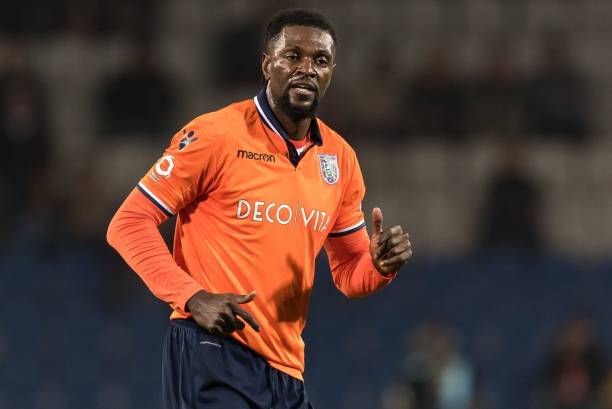
Average retirement age of soccer players
As we mentioned above, the average retirement age for footballers is around 35, with the situation differing from one playing position to another.
Goalkeepers
Most goalkeepers retire between the ages of 36 and 42.
This is simply because the goalkeeping position is the least physically demanding role on the football pitch, which explains why ‘keepers cope better with age than outfield players.
While they are expected to be fit and agile to pull off acrobatic saves, they don’t have to sprint or run all over the pitch.
This allows goalies to extend their playing days according to their wishes.
For instance, Juventus and Italy legend Gianluigi Buffon still remains well-active into his mid-forties.
In fact, most of the oldest soccer players in the world are goalkeepers.
Defenders
Defenders tend to retire in their mid-to-late thirties.
Still, there are differences between center-backs and full-backs.
The average retirement age of a center-back is between 30 and 38, while a full-back generally retires between 30 and 36.
AC Milan icon Paolo Maldini hung up his boots in the summer of 2009, just before his 41st birthday.
Some marauding full-backs move into midfield as they grow older (Philipp Lahm and Dani Alves).
Some of the soccer players who could retire in 2023 are older midfielders.
Midfielders
As for midfielders, they often hang their boots between 30 and 35, making it the lowest amongst all playing positions.
However, we should note that there are also various types of midfielders in soccer, and playmakers tend to age better than enforcers or destroyers.
Former AC Milan and Italy teammates Andrea Pirlo and Gennaro Gattuso make for a great example.
The two stars are almost the same age and played side-by-side for around a decade.
But at the age of 31, Gattuso’s body no longer permitted him to chase the ball and terrify his opponents, as he was notorious for.
On the other hand, Pirlo’s intelligence and technique allowed him to deliver more memorable years at Juventus and New York City FC.
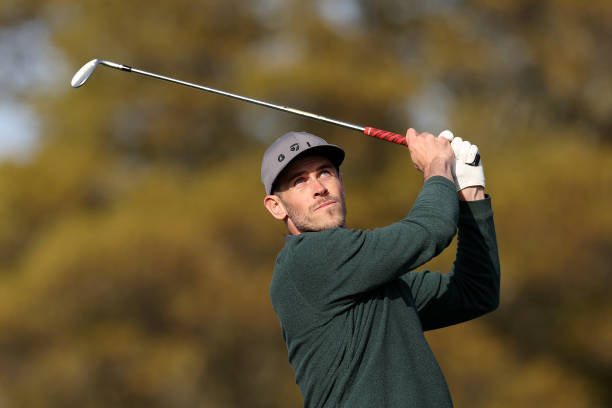
Attackers
The retirement age of attackers ranges between 32 and 39, making it the highest amongst outfield players.
While wingers do a lot of running, they mostly change positions as they grow older.
Some wingers move to midfield (Lionel Messi and Ryan Giggs), while others become strikers (Cristiano Ronaldo). Some wingers can also retire outright like Gareth Bale.
The role of strikers requires more experience and shrewdness than pace, so center-forwards who still maintain their clinical finishing in old age will even become more relevant (Zlatan Ibrahimovic, Karim Benzema, and Robert Lewandowski).
A significant number of the best soccer players aged 35 and over are often attackers.
What do soccer players do after retirement?
However, what most soccer players do after retirement depends on their interests and aspirations. Some may go into coaching, punditry, become an agent, or pursue business ventures. They have been cases where soccer players retired and came back to play again.


